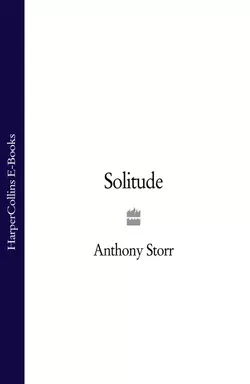Solitude

Anthony Storr
Тип: электронная книга
Жанр: Общая психология
Язык: на английском языке
Стоимость: 774.26 ₽
Статус: В продаже
Издательство: HarperCollins
Дата публикации: 16.04.2024
Отзывы: Пока нет Добавить отзыв
О книге: In this brilliant and acclaimed book, the eminent psychiatrist Dr Anthony Storr challenges the widely held view that success in personal relationships is the only key to happiness.He argues persuasively that we pay far too little attention to some of the other great satisfactions of life – work and creativity. In a series of skilful biographical sketches, among them Beethoven, Henry James, Goya, Wittgenstein, Kipling and Beatrix Potter, he demonstrates how many of the creative geniuses of our civilisation have been solitary, by temperament of circumstance, and how the capacity to be alone is, even for those who are not creative, a sign of maturity.′This book brings excellent news for those who, whatever their reasons for doing so, live alone… It is heartening to find a psychiatrist of Dr Storr′s eminence diverging from the received wisdom′.ANITA BROOKNER,′ Spectator′′This is a short book, but so rich in ideas, and presented with such a telling combination of gentleness and authority, that it is also exceptionally absorbing and thought-provoking′.CLAIRE TOMALIN,′ Observer′′Storr is an incapable of writing an uninteresting paragraph′.NORMAN STONE,′ Sunday Times′′This is an important, even revolutionary book. If it saves naturally non-sociable people from anxiety about ‘not belonging’ and enables them to come to terms with their solitude it will have done a notable human service′.ERIC CHRISTIANSEN,′ Independent′